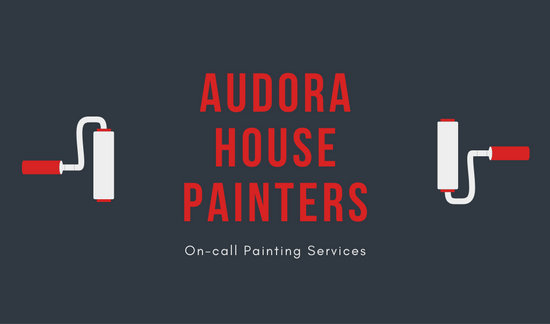Discover The Effect Of Seasonal Components On The Effectiveness Of Commercial Exterior Paint And Determine The Optimal Times To Attain Enduring Results For Your Task
Discover The Effect Of Seasonal Components On The Effectiveness Of Commercial Exterior Paint And Determine The Optimal Times To Attain Enduring Results For Your Task
Blog Article
Team Writer-Aguilar Browne
When you're preparing a business external painting project, seasonal variables can make or damage your outcomes. You'll wish to consider how temperature level and humidity influence paint application and drying out times. Picking the right season can ensure your paint sticks correctly and lasts longer. But which seasons are really the very best for this sort of work? Allow's check out the crucial elements that can impact your project's success.
The Impact of Temperature Level on Paint Application
When you're intending a commercial external paint job, the temperature level can considerably influence exactly how well the paint adheres and dries.
Preferably, you want to paint when temperature levels vary between 50 ° F and 85 ° F. If louisville house painters 's too cool, the paint might not treat properly, causing issues like peeling off or splitting.
On the flip side, if it's also warm, the paint can dry out also promptly, avoiding appropriate bond and causing an unequal surface.
You ought to also take into consideration the moment of day; morning or late afternoon supplies cooler temperatures, which can be extra desirable.
Constantly check the supplier's referrals for the details paint you're utilizing, as they usually provide support on the suitable temperature array for optimum outcomes.
Humidity and Its Impact on Drying Times
Temperature level isn't the only environmental factor that affects your business exterior painting job; moisture plays a substantial function also. High moisture levels can slow down drying times substantially, impacting the general top quality of your paint job.
When the air is filled with dampness, the paint takes longer to cure, which can bring about concerns like bad adhesion and a greater danger of mold development. If you're painting on a specifically damp day, be gotten ready for extensive delay times between layers.
It's important to monitor local weather conditions and strategy accordingly. Preferably, aim for moisture degrees in between 40% and 70% for optimal drying out.
Keeping these factors in mind guarantees your job stays on track and supplies a long lasting coating.
Best Seasons for Commercial Exterior Paint Projects
What's the best season for your industrial exterior painting jobs?
Springtime and early autumn are generally your best options. During these seasons, temperatures are mild, and moisture levels are commonly reduced, producing suitable conditions for paint application and drying.
Prevent summertime's intense heat, which can cause paint to completely dry also rapidly, resulting in bad bond and coating. Likewise, winter's chilly temperatures can impede correct drying and healing, running the risk of the durability of your paint job.
Go for days with temperatures in between 50 ° F and 85 ° F for optimal results. Bear in mind to inspect the neighborhood weather forecast for rain, as damp conditions can ruin your job.
Planning around these variables guarantees your paint task runs efficiently and lasts much longer.
Conclusion
Finally, planning your industrial exterior paint tasks around seasonal considerations can make a significant difference in the outcome. By organizing work throughout the suitable temperatures and moisture levels, you'll guarantee much better attachment and drying out times. https://www.thetimes.co.uk/article/treasured-royal-dutch-family-scene-goes-home-pbx7p0m6b in mind to keep an eye on regional weather forecasts and select the correct time of year-- spring and very early fall are your best options. Taking these steps will aid you achieve a resilient and specialist coating that lasts.
